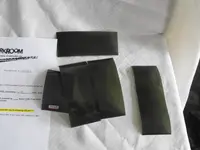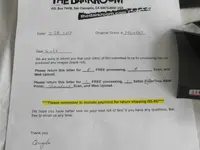boogeyman
Gold Member
- Joined
- Jun 6, 2006
- Messages
- 5,016
- Reaction score
- 4,403
- Golden Thread
- 0
- Detector(s) used
- WHITES, MINELAB, Garrett
- Primary Interest:
- All Treasure Hunting
And an Argus C3 was a month & a half worth of allowance! Thank god grandpa bought bulk film & taught me to roll my own in the bag and taught me to develop & print after my attention span got longer than 2.2 seconds!







